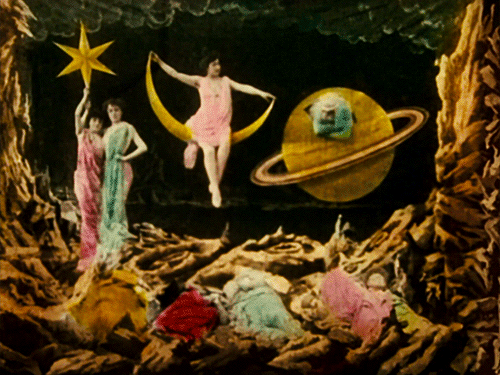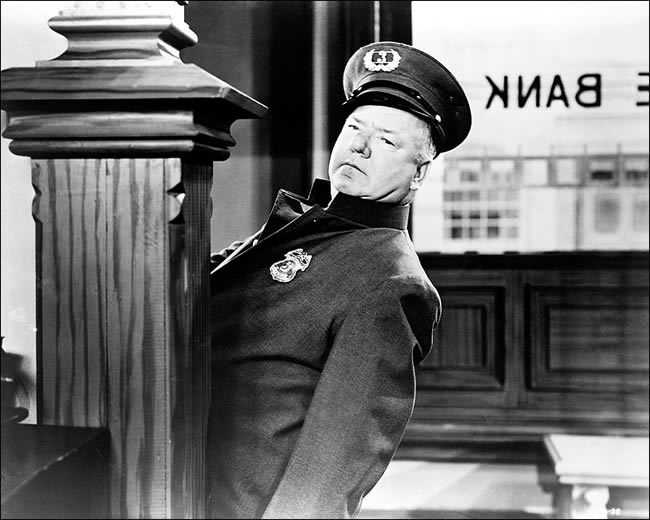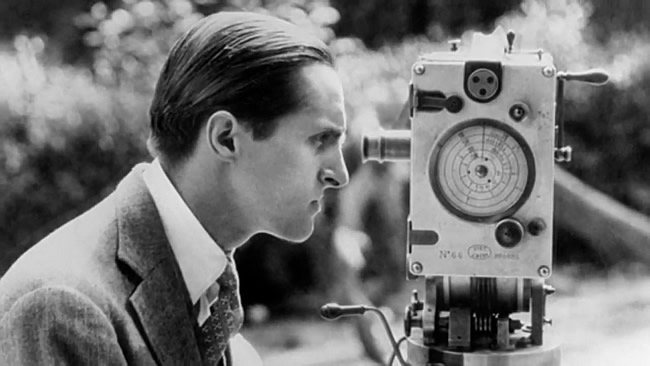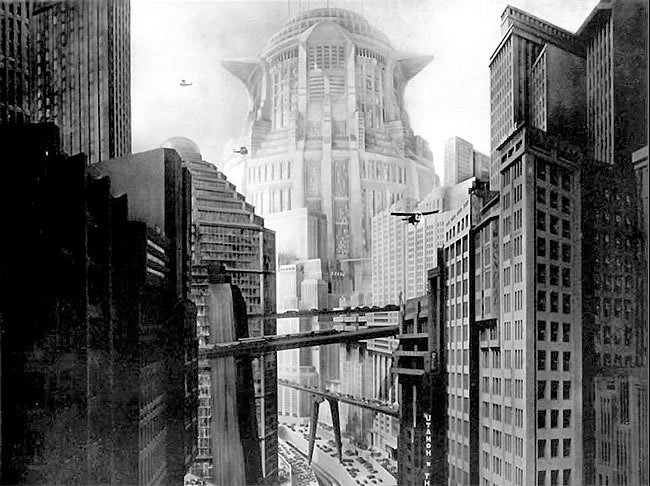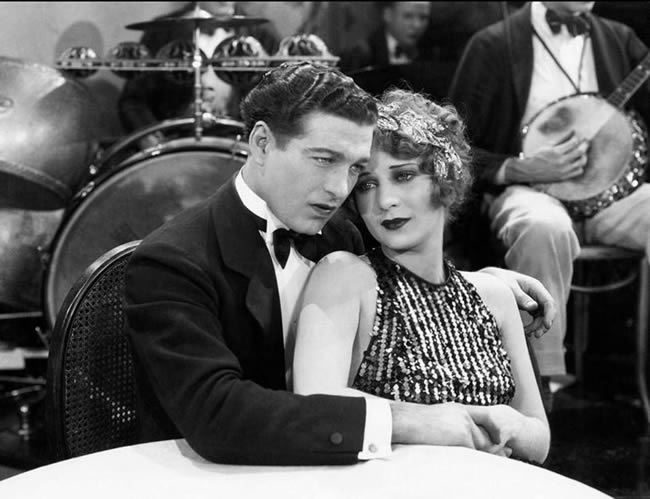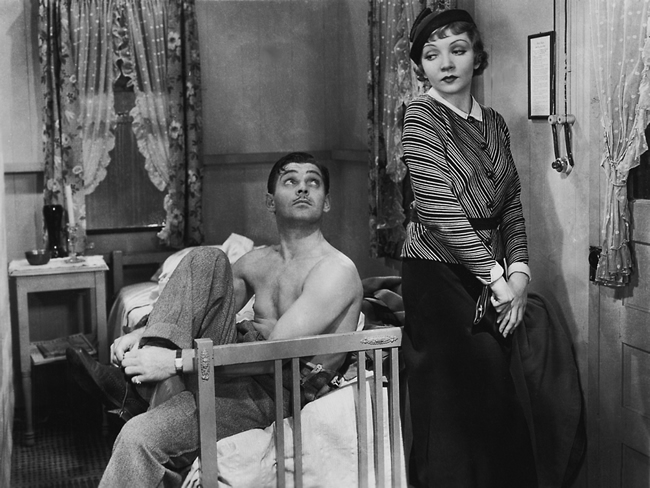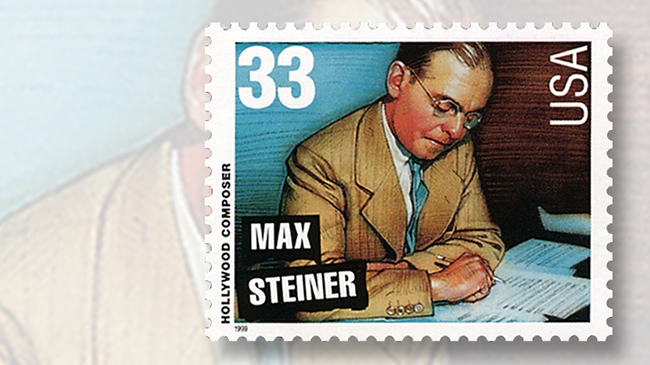
Film composer Max Steiner died on December 28, 1971, but he continued to rack up film credits.
Zorro, the Gay Blade (1981) included some of his music from The Adventures of Don Juan (1948). Creepshow (1982) included music from A Star is Born (1937). Great Balls of Fire! (1989) and UHF (1989) included music from Gone with the Wind (1939). Lost in Yonkers (1993) included music from Now, Voyager (1942). And King Kong (2005) included the fanfare from King Kong (1933).

